Nestled on Calabria’s eastern coast, Crotone always pulls me back in time. This city started as a Greek colony called Kroton around 710 BC, when Achaean Greeks sailed across the Mediterranean in search of new opportunities.
What makes Crotone really stand out is how it’s changed from one of Magna Graecia’s most powerful cities into a modern industrial center, all while hanging onto its historical roots.
When I wander Crotone’s narrow streets, I swear I can feel the history under my feet. The ancient Greeks brought philosophy and athletics here, founding the famous Pythagorean School and training Olympic champions.
Later, the Romans recognized Crotone’s value as a port and commercial hub. Their arrival brought peace and prosperity, shaping the region’s future.
What I love most about Crotone is how it manages to hold onto both its past and its present. The old fortress towers over the Ionian Sea, reminding us of centuries of cultural influence. Meanwhile, the industrial districts reveal how this ancient colony adapted to the modern world.
Calabria’s gem offers a journey through time that’s honestly tough to find anywhere else in southern Italy.
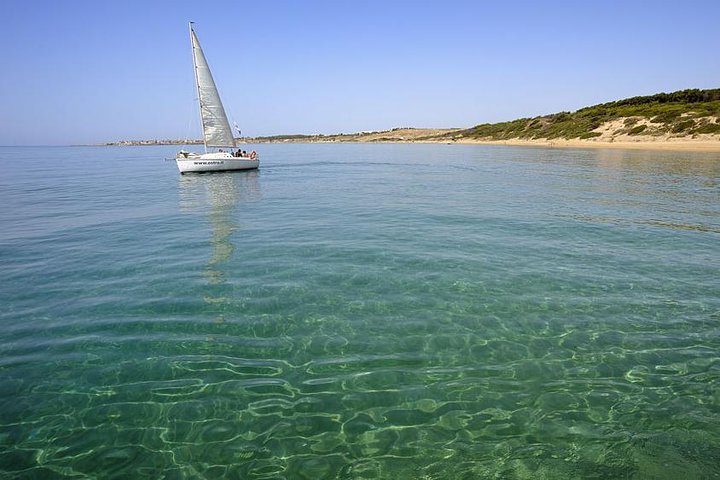
Crotone in the Age of Ancient Greek Colonization
Crotone’s story kicks off as one of the most significant Greek colonies in southern Italy. Founded around 710 BCE, this coastal spot quickly became a powerful city, shaping Magna Graecia’s culture and politics.
Magna Graecia and the Founding of Crotone
Achaean Greeks from the northern Peloponnese sailed over and established Crotone around 710 BCE. Their leader, Myscellus, picked a prime location on the Ionian Sea with natural harbors and fertile land.
They originally called the colony Kroton (Κρότων in Ancient Greek). The city’s strategic spot helped it thrive quickly.
Within a generation, Kroton stood out among the Greek colonies in Magna Graecia—a network that spanned southern Italy and Sicily.
Early Kroton had all the classic Greek city features: an acropolis, an agora, and temples to the gods. Archaeologists have found remains of city walls and public buildings from this period.
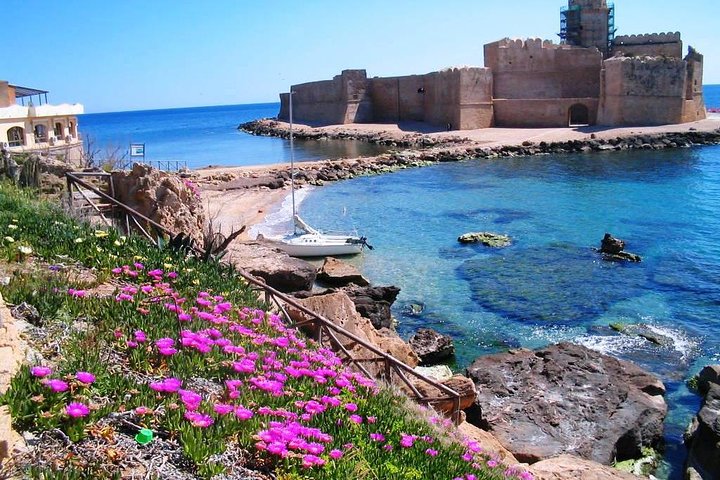
Crotone’s Role as a Cultural and Philosophical Center
Crotone hit its peak as a center for philosophy and learning. In the 6th century BCE, Pythagoras—yes, the Pythagoras—set up his famous school here after leaving Samos.
The Pythagorean School mixed philosophy, math, music, and astronomy. Students explored number theory and came up with the Pythagorean theorem. They even followed strict lifestyle rules about food and behavior.
Kroton also gained fame for its doctors and athletes. The wrestling school produced Olympic champions, including Milo of Croton, who apparently won six Olympic victories in a row.
Arts and sciences thrived alongside athletics. Kroton’s achievements made it one of the intellectual capitals of the ancient Mediterranean.
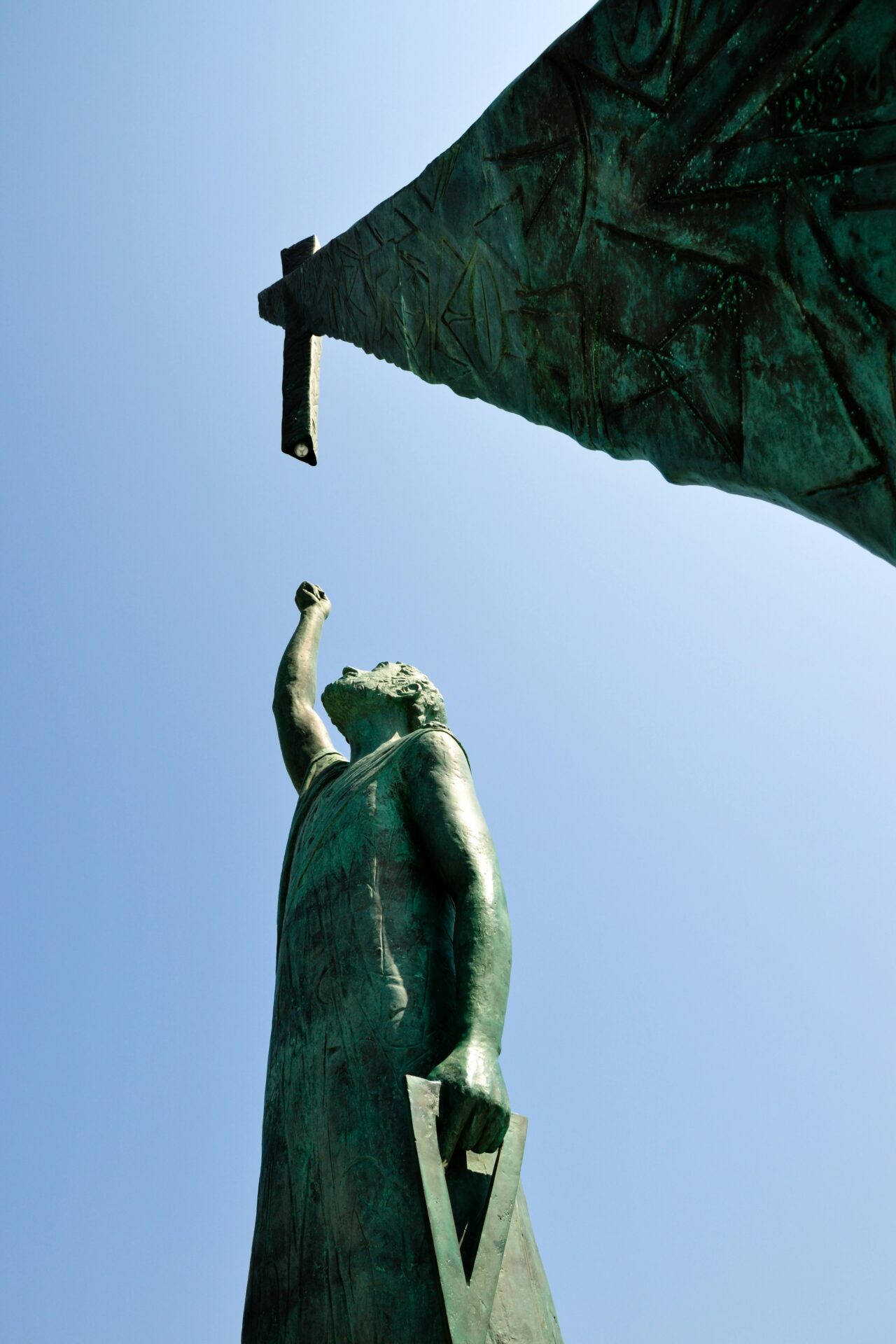
Expansion, Influence, and Rivalries with Sybaris
Kroton’s growing power led it to expand along the coast. The city controlled key trade routes and built a strong navy to protect its interests.
Tensions with Sybaris, a neighboring city known for its luxury, kept rising. Kroton, on the other hand, built a reputation for discipline and military skill.
In 510 BCE, Kroton’s forces—led by the athlete Milo—destroyed Sybaris entirely. That victory boosted Kroton’s influence across the region.
After that, the city founded colonies of its own and made important alliances with other Greek settlements.
Internal conflicts eventually weakened Kroton, though. Democratic groups challenged the Pythagorean elite who had run the city for generations.
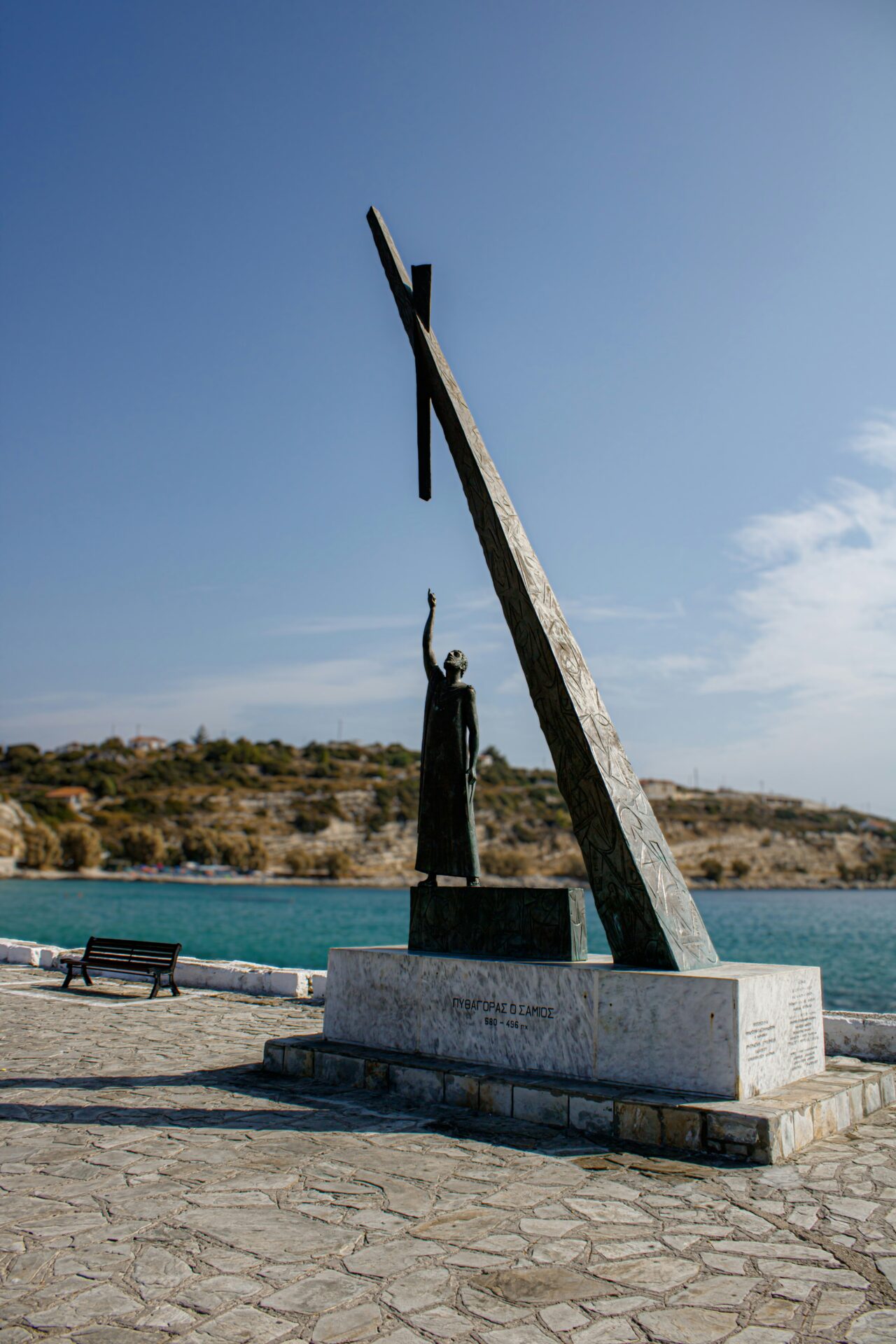
Archaeological Discoveries and Ancient Heritage
Crotone’s soil has given up some incredible archaeological finds, shedding light on its long history. From Greek temples to prehistoric tools, these discoveries help us piece together the city’s story.
Capo Colonna and the Temple of Hera
When I visited Capo Colonna, I was instantly drawn to the lone Doric column standing against the bright blue Mediterranean. This column is all that’s left of the grand Temple of Hera Lacinia, built in the 6th century BCE.
The temple once held precious offerings and served as a major sanctuary in Magna Graecia. Excavations have revealed foundation stones, marble fragments, and votive offerings that give us a sense of its past glory.
The site’s museum displays many of these finds—terracotta decorations, bronze objects, coins. What really caught my attention was how the temple wasn’t just for worship; it also hosted meetings of the Italiote League, a group of Greek colonies.
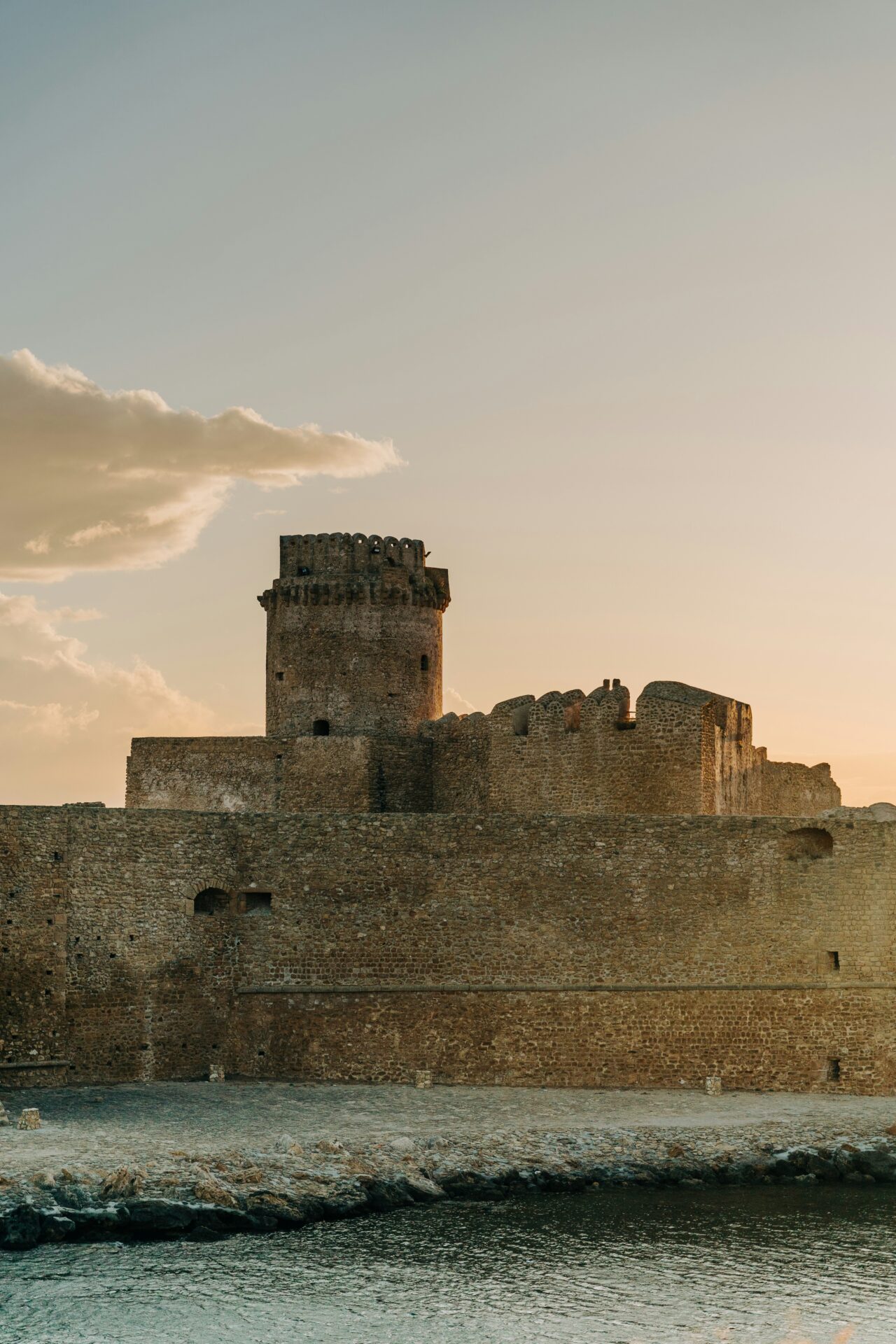
Insights from Archaeological Ceramics and Stratigraphy
Ceramic finds in Crotone have told us a lot about ancient trading and cultural exchange. Archaeologists use stratigraphy (studying rock layers) to date these items.
Black-figure and red-figure pottery found here show strong links with Athens and other Greek cities. By analyzing clay samples, researchers can tell which ceramics were made locally and which ones were imported.
I found the thin-section analysis especially interesting—it shows how ancient Crotonians developed their own pottery techniques, different from those in Greece.
Local workshops blended Greek methods with indigenous styles. This mix reflected Crotone’s role as a crossroads in the ancient Mediterranean.
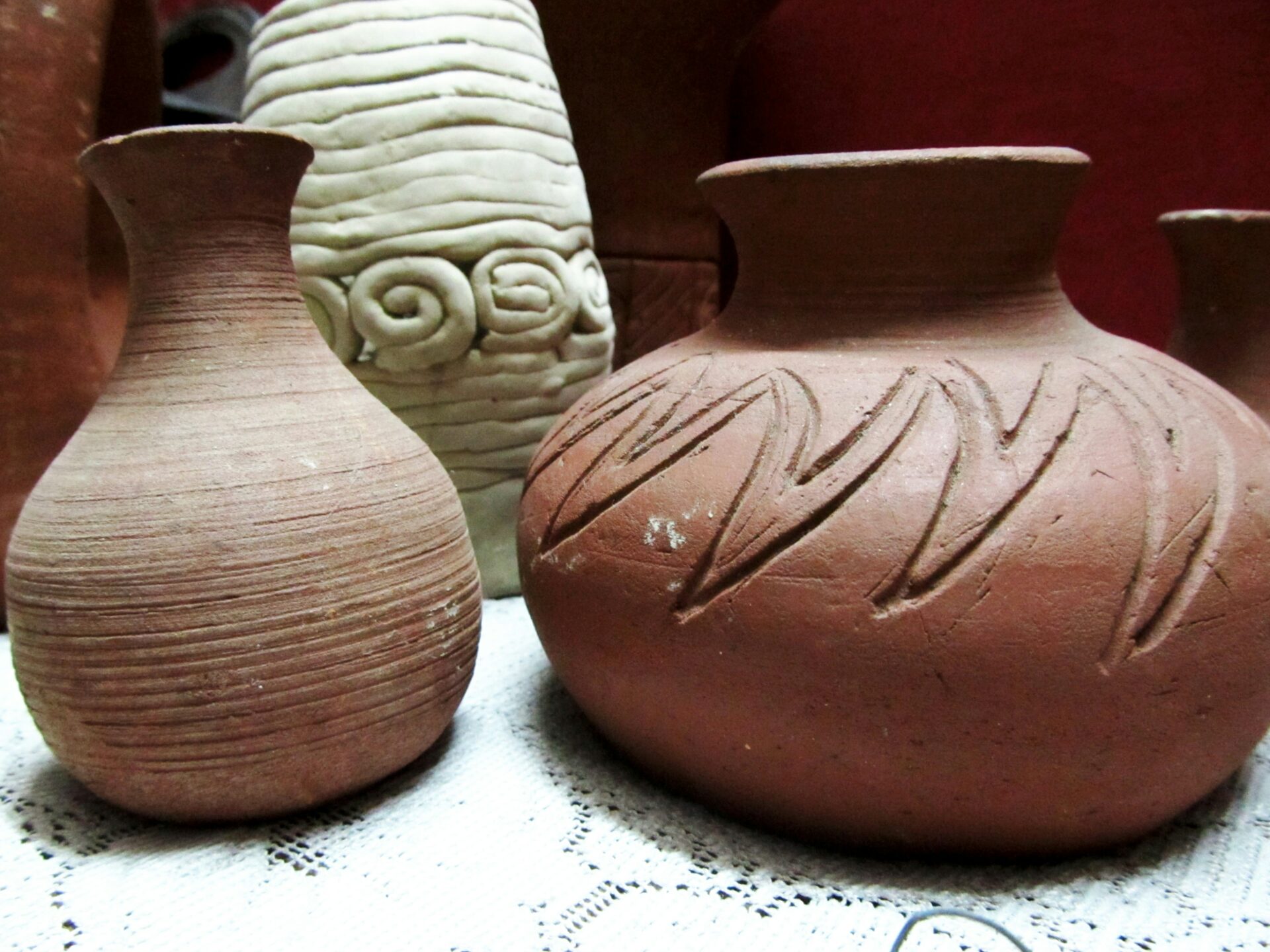
Neolithic Origins and Stone Tools
Crotone’s story goes back way before the Greeks. Neolithic communities settled here as early as 6000 BCE. Archaeologists have found stone tools in caves and ancient settlements in the area.
I got to see some obsidian blades that had traveled from distant islands, proving that even these early people took part in Mediterranean trade. Flint scrapers, arrowheads, and grinding stones show they hunted, gathered, and started farming.
Shell middens along the coast suggest these hunter-gatherers relied heavily on marine resources. These finds place Crotone in the broader story of prehistoric Central Mediterranean societies.
As people settled down, their tools changed. Later Neolithic artifacts show more specialization and craftsmanship.

Byzantines and Later Influences
Wandering through Crotone’s old center, I couldn’t help but notice the Byzantine influence. The fortress, built over Greek and Roman foundations, shows off impressive medieval defenses.
Excavations have turned up Byzantine ceramics, coins, and religious items that reflect Eastern Orthodox culture. These finds highlight Crotone’s importance in the Byzantine defense network against Arab raids.
The Normans arrived in the 11th century and left their mark too. They reinforced the castle, and archaeologists have found evidence of new building techniques and materials from this period.
Roman remains are less obvious but still present. Construction work has uncovered stretches of Roman roads, drainage systems, and building foundations beneath the modern city. It’s wild to see how the settlement continued without a break.
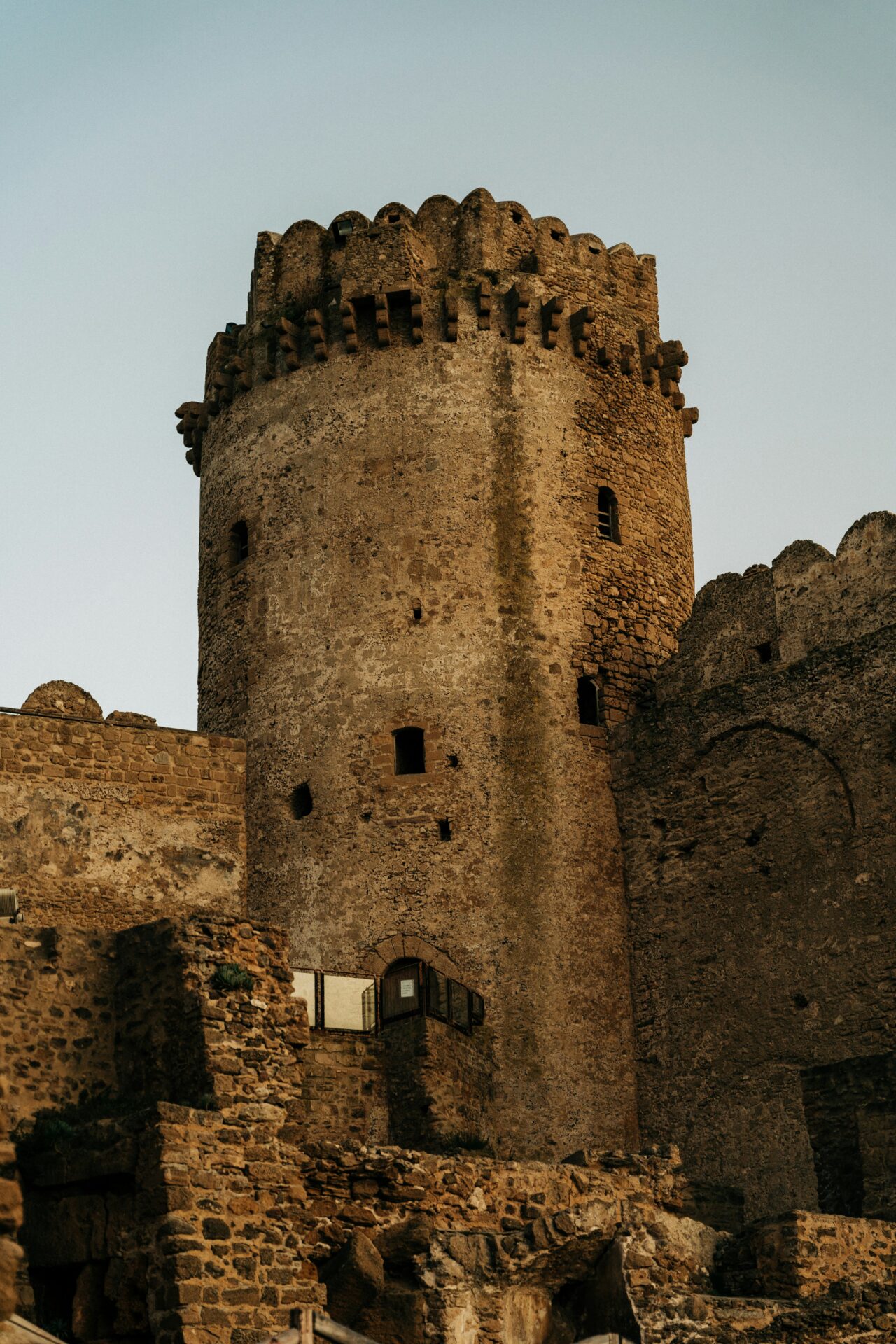
Natural Beauty and Outdoor Adventures
Crotone isn’t just about history. Its landscapes and outdoor experiences are just as captivating. The region blends Mediterranean coastline with rural Calabrian charm, and there’s no shortage of ways to enjoy the outdoors.
Exploring Crotone’s Coastline and Ionian Sea
The Ionian Sea is a stunning backdrop for Crotone. I’ve spent mornings walking along Le Castella Beach, where clear water meets golden sand.
The coastline runs for almost 60 kilometers, with both busy beaches and quiet coves. Water sports fans will love it here.
During summer, the gentle breezes make windsurfing and sailing a blast. I always recommend taking a boat tour to the Marine Protected Area of Capo Rizzuto—you can snorkel with colorful fish and explore underwater ruins.
Sunsets at Capo Colonna are unreal. The rocky point is both historic and perfect for watching the sky explode with color over the sea.
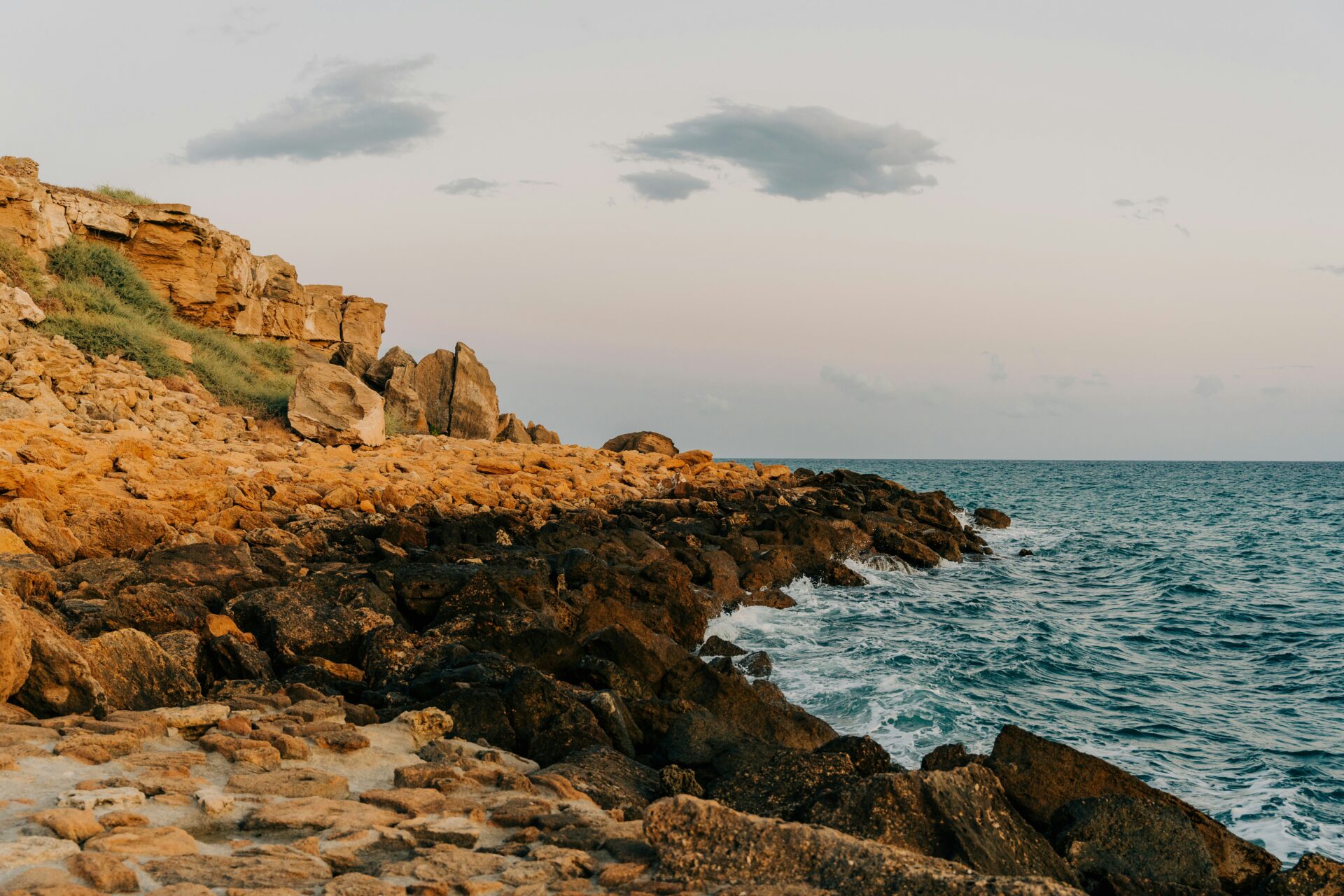
Birdwatching and Hiking Through Calabria
Calabria’s diverse habitats attract plenty of nature lovers. Wetlands near Crotone bring in migratory birds, making it a top spot for birdwatching.
I’ve seen flamingos, herons, and some rare species while exploring the Neto River Delta. Hiking trails wind through the nearby hills.
My favorite hike starts at Sila National Park, about an hour from Crotone. The pine forests and mountain views are a refreshing break from the coast.
Mountain biking is catching on here, too. Local companies rent bikes and organize guided tours through olive groves and medieval villages. The terrain ranges from easy to seriously tough.
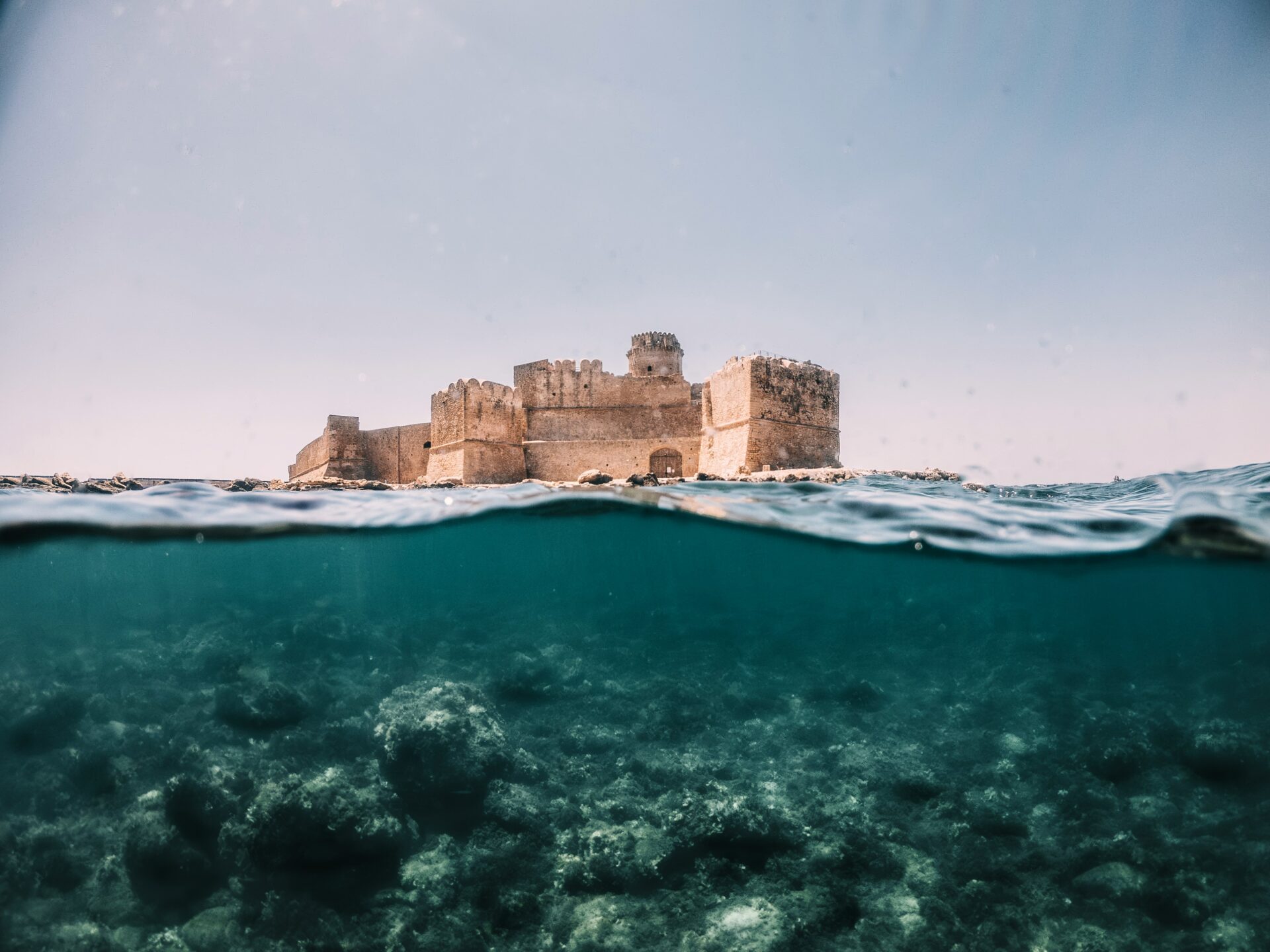
Agritourism and Vineyards
Crotone’s farming roots still run deep. I’ve stayed at farmhouses (masserie) where I picked olives and learned traditional cooking from local families.
Vineyards here produce unique wines from native Calabrian grapes. Cirò wine stands out for its bold flavor and ancient history. Many wineries invite visitors for tastings and meals that highlight regional specialties.
Top Agritourism Experiences:
- Olive oil tours (September-November)
- Wine harvesting (August-October)
- Cheese-making workshops
- Farm cooking classes
The countryside also yields fantastic citrus, figs, and bergamot. Seasonal fruit-picking lets you connect with local farming and sustainable practices.
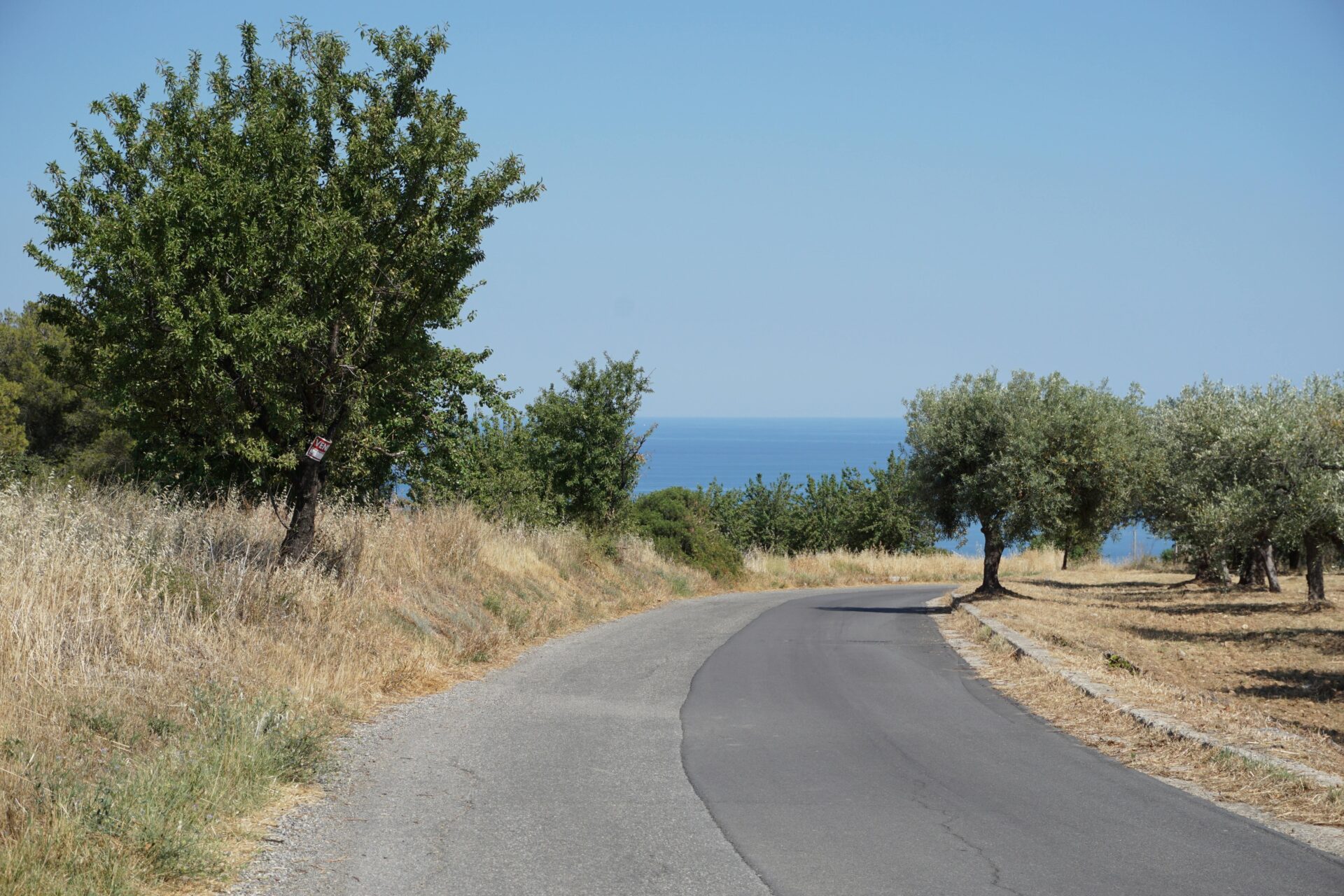
Crotone’s Economic Shifts and Urban Transformation
Crotone’s evolution from Greek colony to industrial center has brought huge economic changes and shaped the city’s character.
Industrialization and the Modern Identity
In the mid-20th century, Crotone moved away from farming and became an industrial city. Chemical plants and metallurgy industries sprang up, turning Crotone into a surprising industrial hub in southern Italy.
When I visited the port area, I could still spot signs of this industrial past. Locals told me Crotone once felt “rich, modern, a sort of industrial centre of the North”—pretty unusual for Calabria.
But the boom faded. In the 1970s, national economic changes sparked industrial decline. Now, some neighborhoods are marked by abandoned factories—a stark reminder of lost prosperity.
The port still plays a big role in the local economy. It’s interesting to watch as the city tries to balance its industrial legacy with tourism and cultural projects.
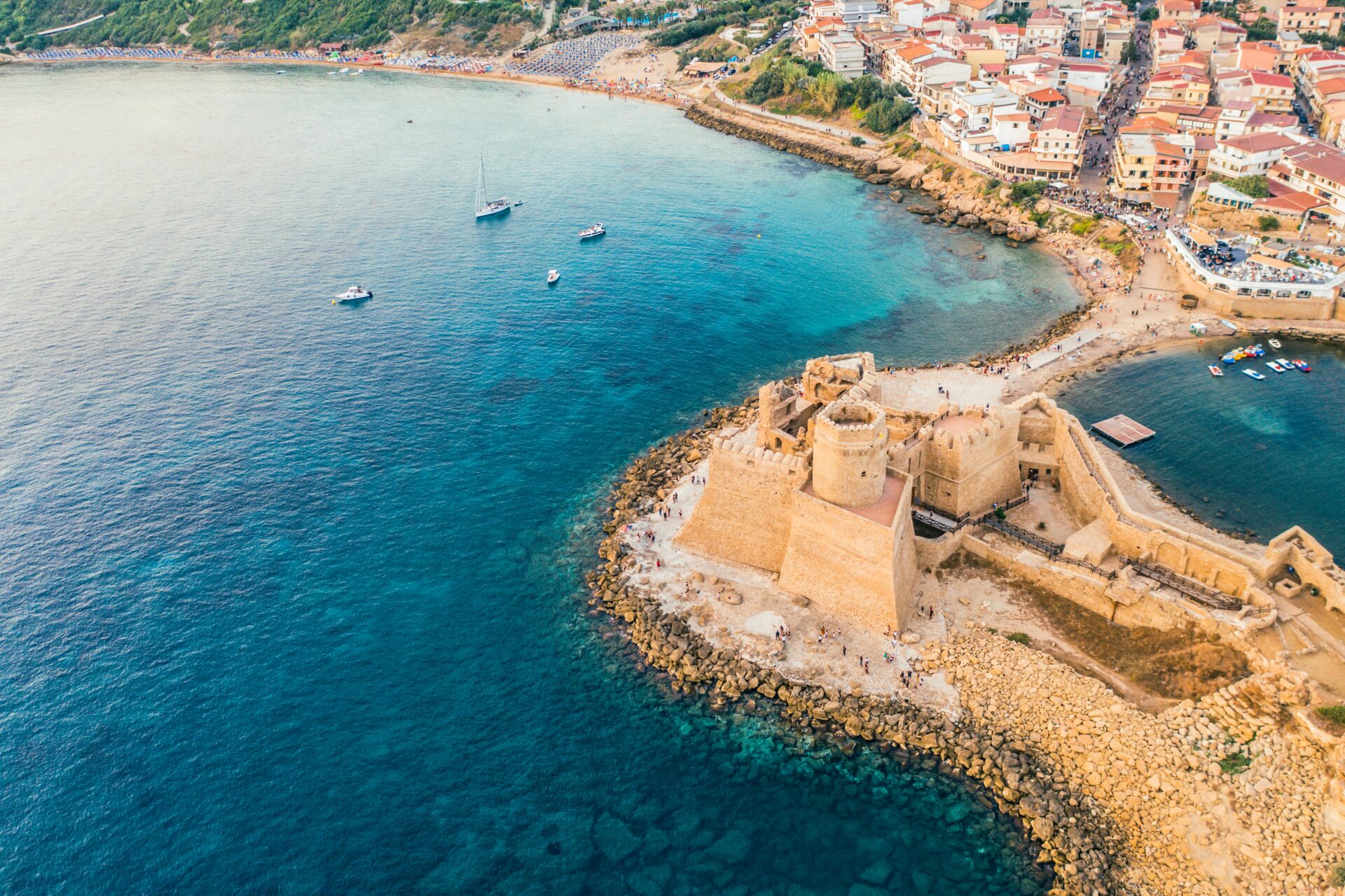
Emigration, Literacy, and Social Dynamics
Italy’s North-South divide hit Crotone hard. Many locals shared stories with me about relatives who left for the north or moved abroad after industries closed.
This wave of emigration changed the city’s social fabric. Young, educated people often leave, while those who stay face unemployment. An elderly shopkeeper once told me, “Our brightest minds go to Milan or Rome—it’s been happening for generations.”
Despite these hurdles, I’ve noticed real progress in education and literacy. New schools and cultural centers are popping up across the city. Festivals and events celebrate both the Greek past and modern identity.
Urban renewal is ongoing. I’ve seen new public spaces, restored historic buildings, and waterfront projects. Crotone seems determined to reinvent itself, shifting from heavy industry to tourism and culture.
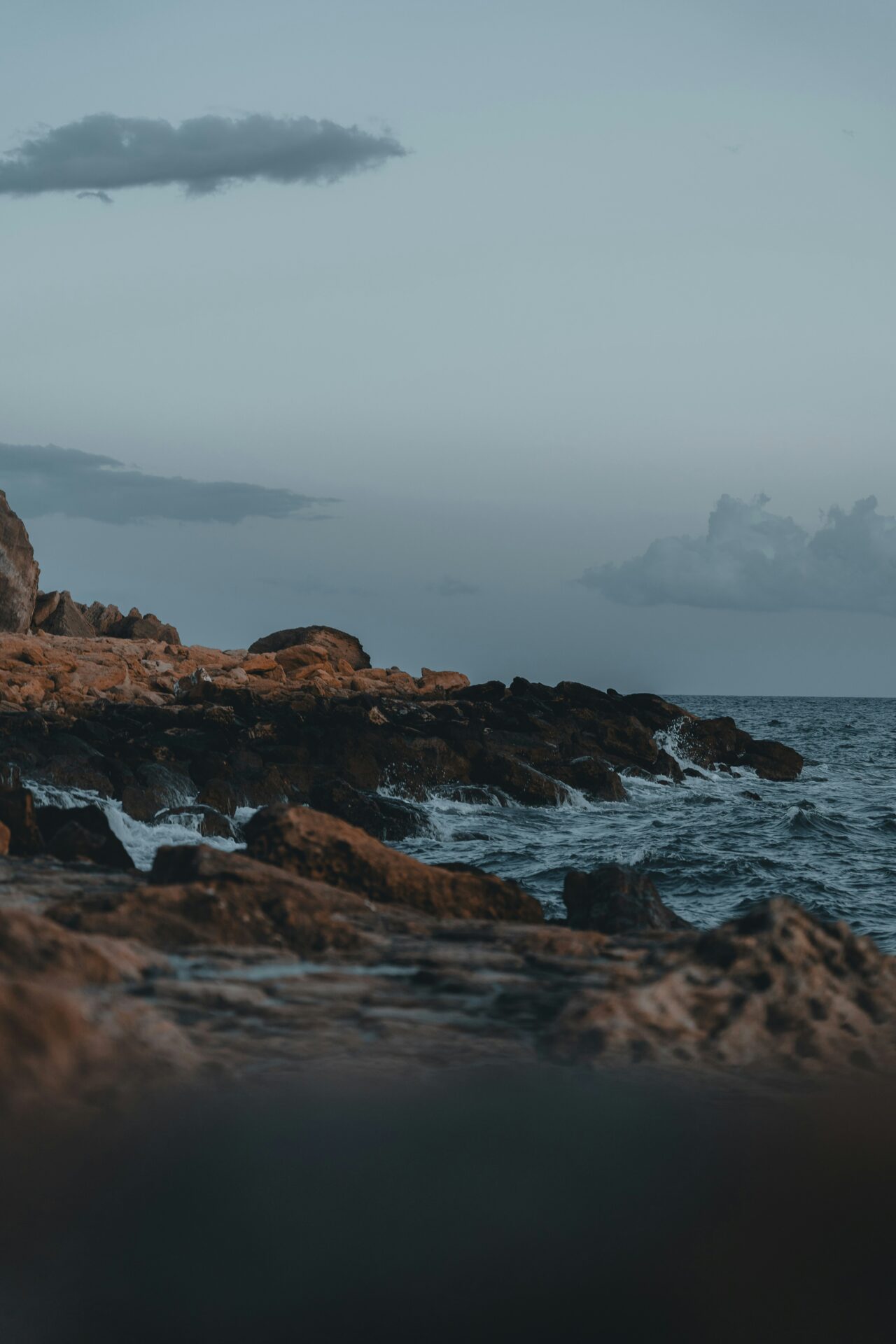
Connections to Broader Italy and the Mediterranean
Crotone’s spot on Italy’s Ionian coast has always shaped its ties to the rest of the country and the Mediterranean. The city has acted as a key link between southern Italy and the wider world, thanks to trade, migration, and cultural exchange.
Trade, Transport, and Regional Ties
Crotone’s port plays a huge role in connecting the city to the rest of Italy—and honestly, even further. These days, you can hop on regular ferries that link Crotone to big hubs like Naples in Campania, or even to ports in Sicily. It’s wild to think these maritime connections have roots all the way back to ancient Greek times.
When I visited southern Italy last year, I noticed how goods from Crotone travel north to Lombardy and Milano. Modern highways have made this easier, though I have to admit, the roads still don’t quite measure up to what you see in northern places like Pavia.
The Tyrrhenian Sea routes put Crotone in touch with the western side of the peninsula. Meanwhile, land routes tie it to Apulia next door.
These networks help move Crotone’s agricultural products all over Italy.
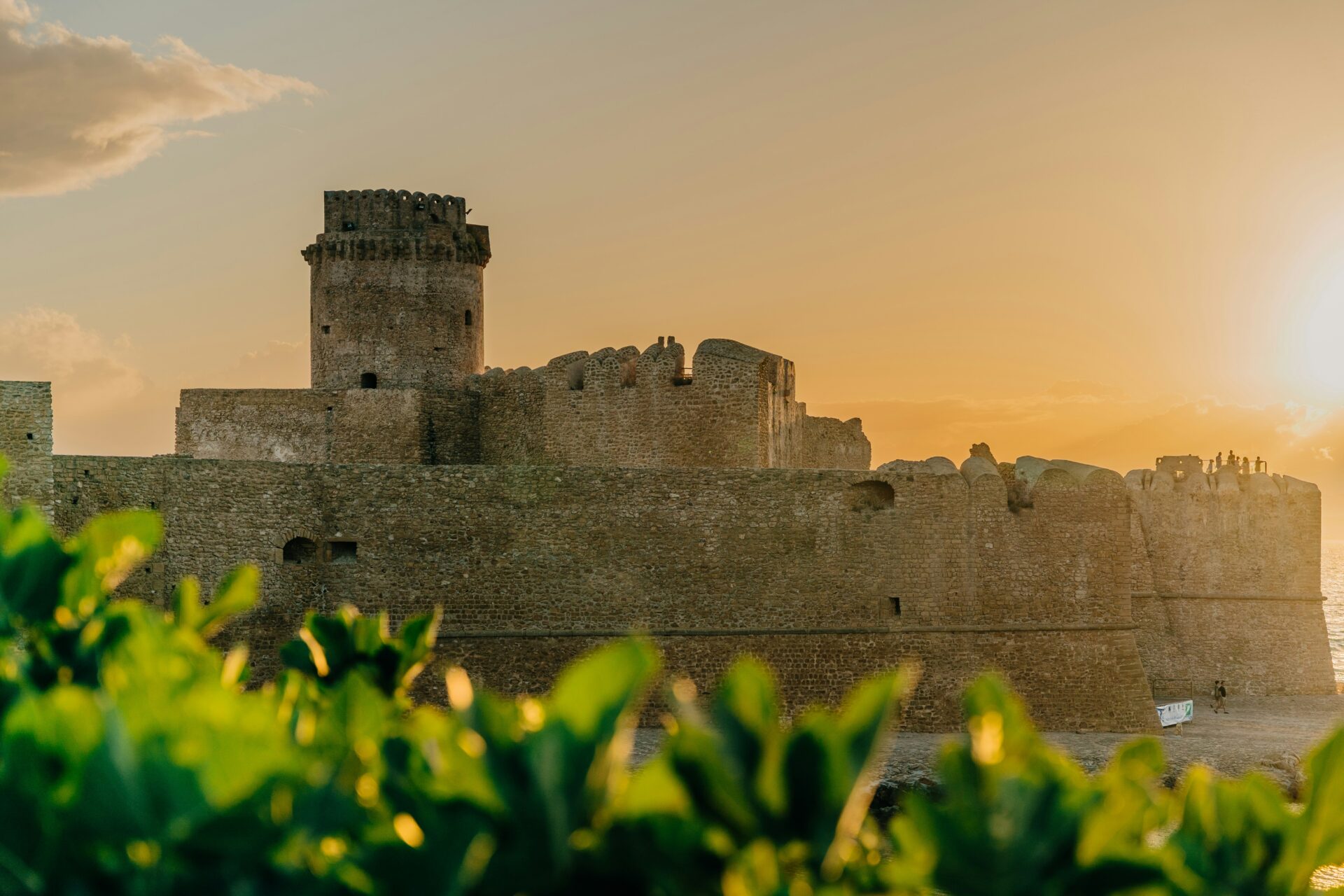
Cultural Exchange Across Borders
Over the centuries, I’ve watched Crotone soak up influences from all around the Mediterranean. You can still spot those old Greek foundations, but then Roman, Byzantine, and Norman touches show up everywhere, creating this cultural mix you just don’t see elsewhere.
These days, Crotone keeps close ties with Romania and Bulgaria thanks to immigrant communities working mostly in agriculture. They’ve brought their own festivals and foods, and honestly, the city feels livelier for it.
Every summer, the city puts on cultural exchanges with other historic Greek colonies in southern Italy. I remember going to one event about our shared heritage with Sicily—there was so much music and dancing, it almost felt like traveling back in time.
Agriculture’s a big deal here too. Crops like maize, which actually came from Mesoamerica, ended up in Crotone’s fields by way of Spain. It’s funny, but this sort of exchange always reminds me of what I saw in Hilo, Hawaii, where people blended global farming with their own local ways.

